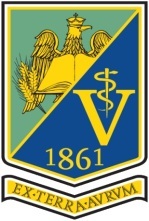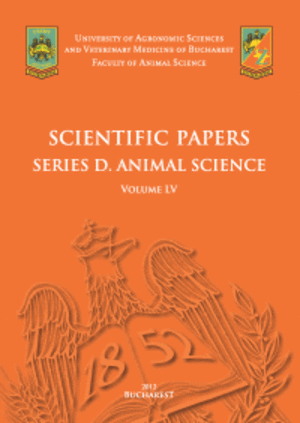Published in Scientific Works. Series C. Veterinary Medicine, Vol. LXXI, Issue 1
Written by Ioana-Bogdana NICOLA, Rodica-Maria GHIȚĂ, Cristian Ionuț FLOREA, Andrei RĂDULESCU, Crina Alexandra BOANCĂ, Alina ȘTEFĂNESCU, Alexandru Bogdan VIȚĂLARU
Cats exhibit a high susceptibility to the formation of urinary calculi, which can lead to severe urinary complications. This study was conducted on a batch of 46 cats from a private veterinary clinic in Bucharest, consisting of 15 females and 31 males. Among the females, 14 were spayed, while 27 of the males were neutered. The most frequently identified type of urolith was magnesium ammonium phosphate (struvite), observed in 25 cases, followed by amorphous crystals in 13 cases, calcium oxalate in 3 cases, and mixed urolithiasis (magnesium ammonium phosphate and calcium oxalate) in 5 cases. Shorthairs showed the highest prevalence of struvite crystals. Middle-aged cats were the most affected, with a higher incidence in neutered males. These findings underscore the importance of early urinalysis and breed-specific preventive strategies to reduce the risk of surgical intervention.
[Read full article] [Citation]



